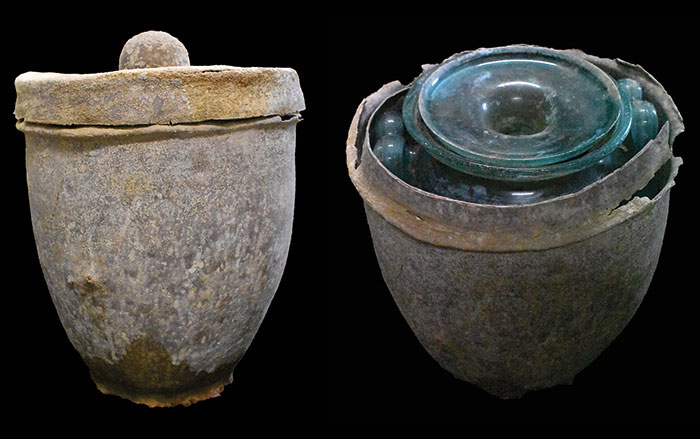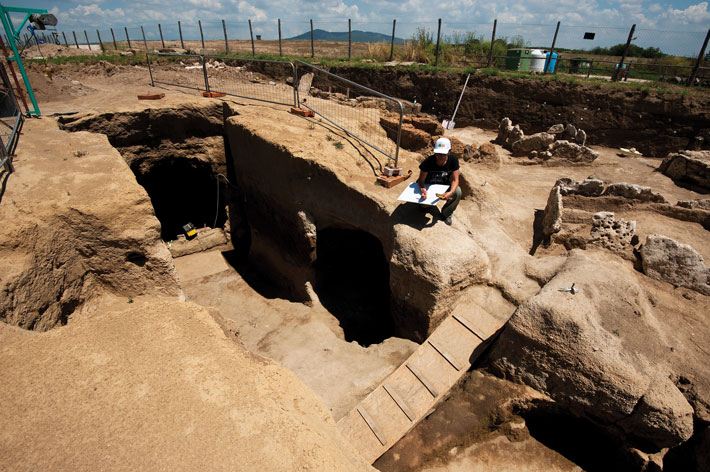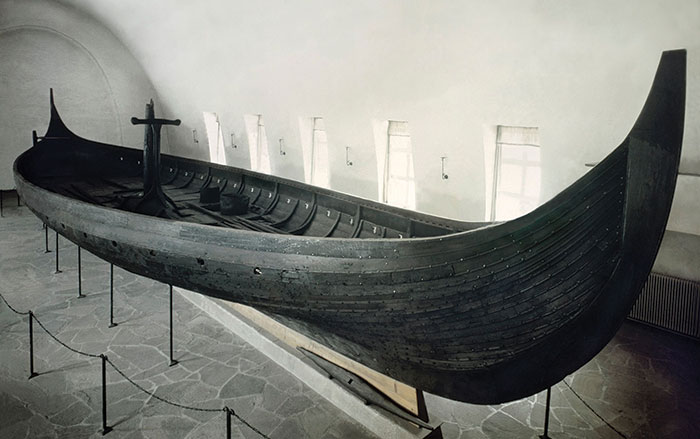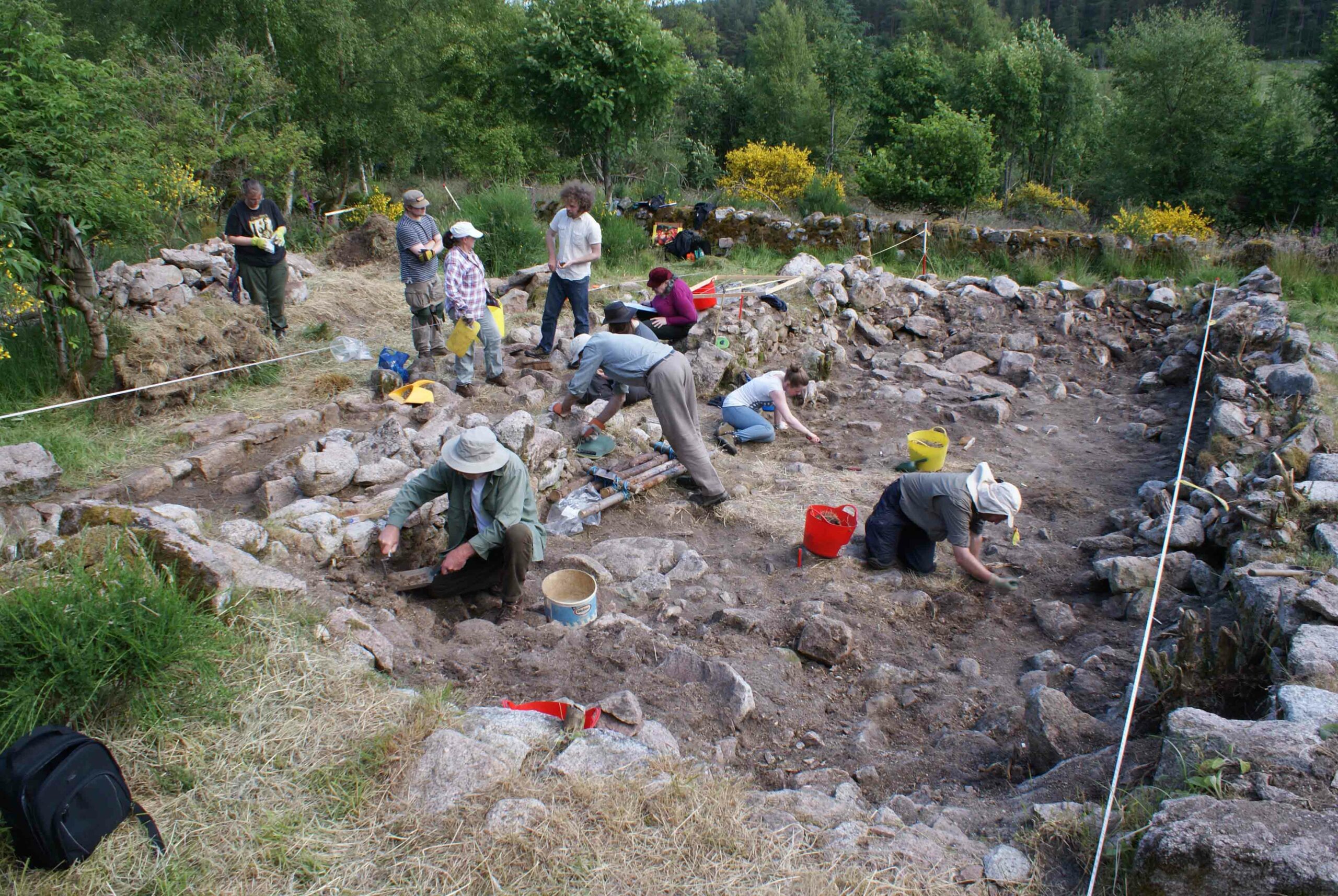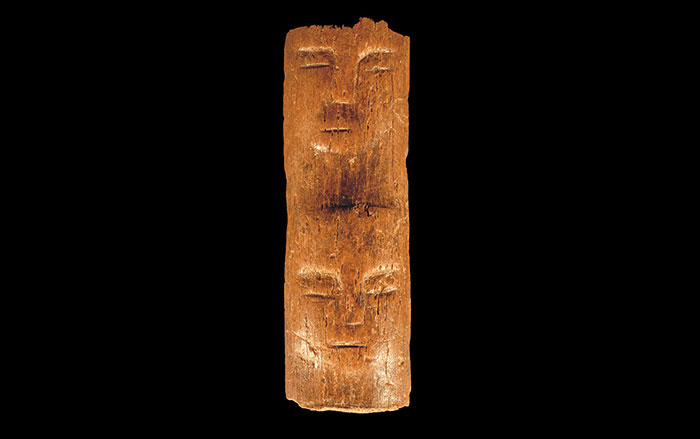
BENIDORM, SPAIN—At the rock shelter site of Cova de la Barriada, archaeologists have discovered that even 30,000 years ago, vitamin-rich snails were part of the Iberian dinner table. Researcher Javier Fernández-López de Pablo told Livescience that the findings—hundreds of burnt snail shells found near fireplaces and alongside cooking tools—suggest the ancient inhabitants of the region ate the snails as a regular part of the diet more than 10,000 years before the mollusks were consumed in other parts of the Mediterranean. By harvesting only adults—the snails were about one year old when they were roasted— the region’s Paleolithic inhabitants had developed a sustainable farming practice that persevered the availability of this food resource for thousands of years. In fact, the species of land snail represented at the site, Iberus alonensis, are still eaten in Spain as part of many favorite dishes. To read more about the Paleolithic diet, go to ARCHAEOLOGY”s “Stocking the Paleolithic Pantry.”





